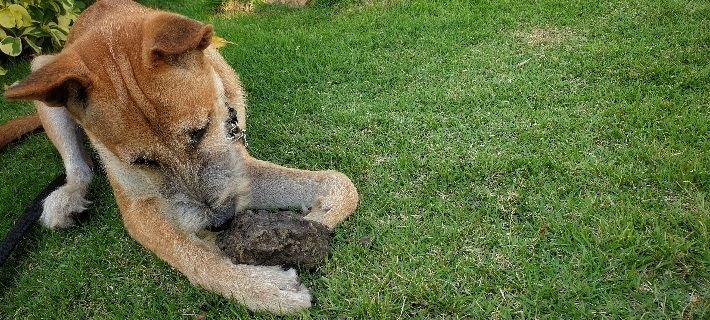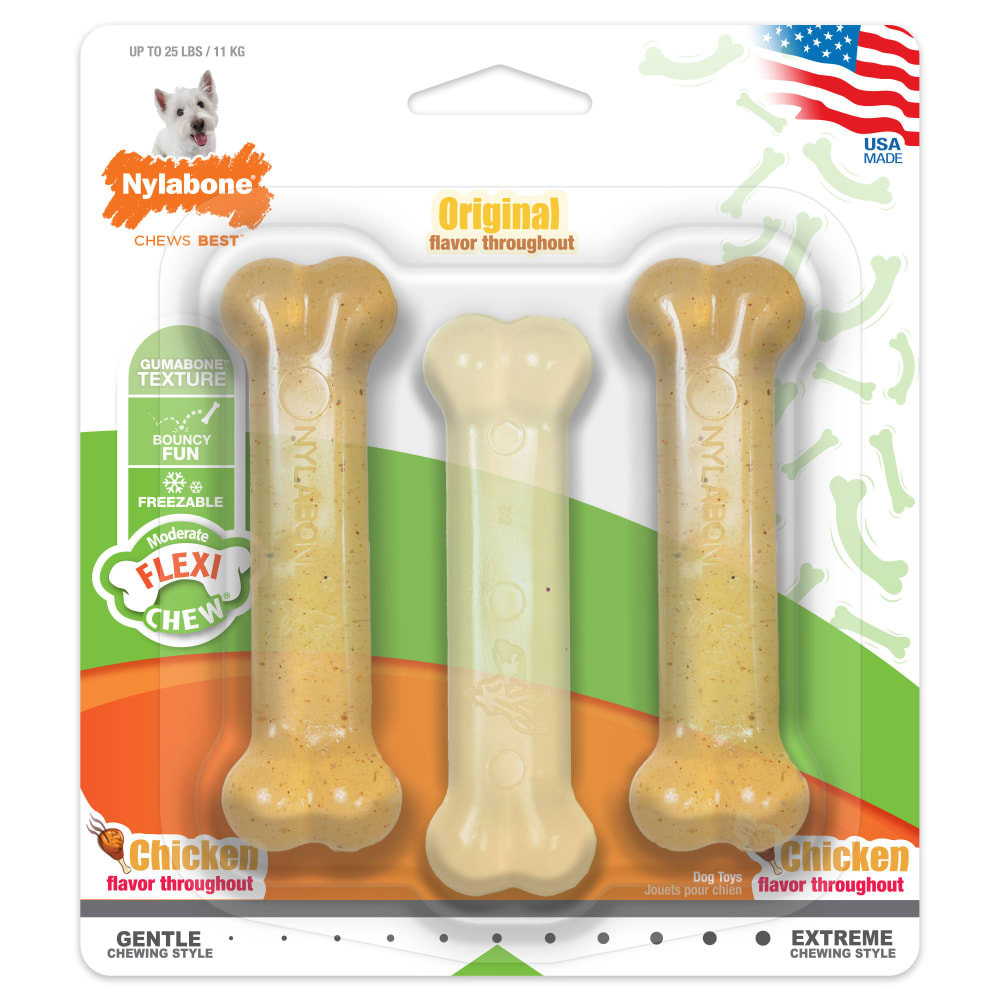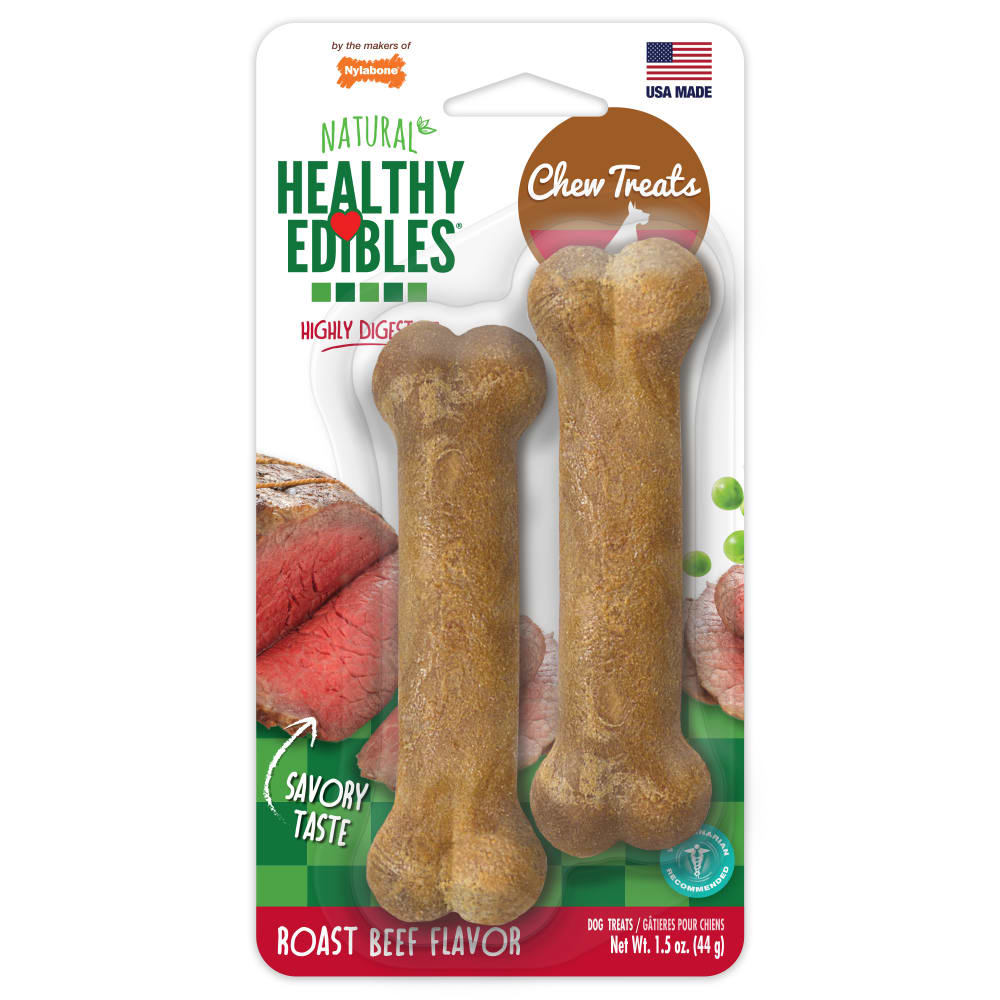Pica in Dogs: 5 Questions Answered
Does your furry friend ever try to eat something that’s off-limits? While many dogs scrounge for table scraps or even try to sneak a bite of discarded food from the trash, some may go a step further and try to consume something that’s completely inedible. This puzzling behavior is known as pica, and it can lead to serious issues if left untreated. Let’s explore the causes of pica and what you can do to stop it.
Key Takeaways:
- Pica is an eating disorder that causes dogs to eat inedible items such as dirt, rocks, and wood.
- Common psychological causes of pica in dogs include stress, boredom, and attention-seeking behavior.
- Pica can also be caused by physical conditions like nutritional deficiency, diabetes, inflammatory bowel disease, hyperthyroidism, or pancreatic disease.
- Keeping forbidden items out of reach and providing your dog physical and mental stimulation can help prevent pica.
Question #1: What Is Pica in Dogs?

Pica is an eating disorder in which dogs (or humans) consistently eat non-food items. While some dogs might chew objects such as furniture or shoes, it is only considered pica if they attempt to swallow the item.
This distinction might seem insignificant, but there’s a key difference between the two behaviors. Chewing is a natural behavior and can often be addressed by giving your dog healthy chewing outlets (such as chew toys), whereas pica often indicates a deeper physical or mental health issue.
Question #2: What Causes Pica?
A change in overall wellness can lead to pica disorder in dogs. Here are the most common contributing factors.
Stress: Pica is often a psychological, obsessive-compulsive habit caused by stress. If your dog has separation anxiety or recently experienced changes in their lifestyle (such as moving to a new home or adjusting to a new routine), they may be more susceptible to pica.
Boredom: If your dog doesn’t get enough mental stimulation, they may get bored and resort to pica or other destructive behaviors to keep themselves entertained. Likewise, a lack of exercise can lead to similar habits.
Attention-seeking behavior: Dogs thrive on attention, and in many cases, they will prefer negative attention to no attention at all. If your furry friend knows doing something inappropriate—like eating a household object— will get a reaction out of you, they may be tempted to do it.
Underlying conditions: Dogs with diabetes, inflammatory bowel disease, hyperthyroidism, or pancreatic disease can develop pica disorder. While psychological factors are more likely to lead to pica, medical conditions should not be ruled out.
Nutritional deficiencies: It might sound odd, but some furry friends eat objects simply because they are hungry! Dogs with deficiencies of iron, calcium, or B vitamins may be especially prone to pica. Similarly, parasitic worms can lead to nutrient malabsorption.
Genetics: Did you know pica in dogs can be genetic? Some breeds—such as Labrador Retrievers, Pomeranians, Corgis, and Beagles—may be more likely to develop pica. However, the other factors above are much more likely to cause this disorder.
🐶 Related: 5 Signs of Stress in a Dog (And 5 Ways to Help!)
Question #3: What Do Dogs with Pica Usually Eat?
Pica disorder in dogs can cause your furry friend to eat any number of objects, such as:
- Dirt
- Grass
- Rocks
- Socks
- Underwear
- Wood
Some dogs may try to eat feces (a condition known as coprophagia), however this is not always considered a form of pica. Puppies often develop this habit as they explore their world, but they typically grow out of it once they reach adulthood. Similarly, mother dogs eat their puppies’ feces until they are about three weeks old, which helps keep living space clean for their pups.
Not all dogs with pica seek out the same objects, but each individual dog will generally consume the same types of items over and over again. If you catch your dog eating any inedible object, contact your veterinarian for advice and treatment immediately.
Question #4: What Are the Symptoms of Pica?
The symptoms of pica in dogs depend on what items your furry friend ingests. Hard objects, for instance, are more likely to cause dental problems than softer items. Overall, the most common pica symptoms include:
- Bloated abdomen
- Constipation
- Coughing
- Decreased appetite
- Diarrhea
- Drooling
- Fractured teeth
- Lethargy
- Vomiting
- Weakness
Question #5: How Can Pica Be Treated and Prevented?

Pica likely won’t disappear overnight, but there are a few techniques you can try to help your dog conquer the habit and improve their general wellbeing.
Restrict access to forbidden objects: The simplest way to keep your dog from eating non-food items is to limit their access to them. Use a pet repellent spray, dog gates, or fencing to keep your furry friend away. You can also place smaller objects out of reach.
Give them chew toys: If you suspect your dog’s pica is caused by boredom or stress, redirecting their attention to an engaging chew toy will keep them happily occupied. For extra-enticing chew time, give them a treat toy filled with their favorite spreads or treats.
Play with them: Getting your dog some regular exercise will work wonders for their physical and mental health! Try some new outdoor activities or engage your dog’s mind with mentally stimulating games.
Upgrade their diet: Is your dog getting the nutrients they need every day? Ensuring they receive a well-balanced diet will help keep them full and discourage them from seeking “food” elsewhere. You can also mix in the occasional healthy dog snack for a nutritious treat!
Kick the Habit!
Pica is often a sign something isn’t right with your dog. Keeping them on a schedule, offering daily playtime, and checking with your vet when something seems “off” will help prevent this behavior and benefit your furry friend’s overall health!
Wondering about other unusual dog habits? Explore these fascinating topics:
FOLLOW US!


.jpg)




